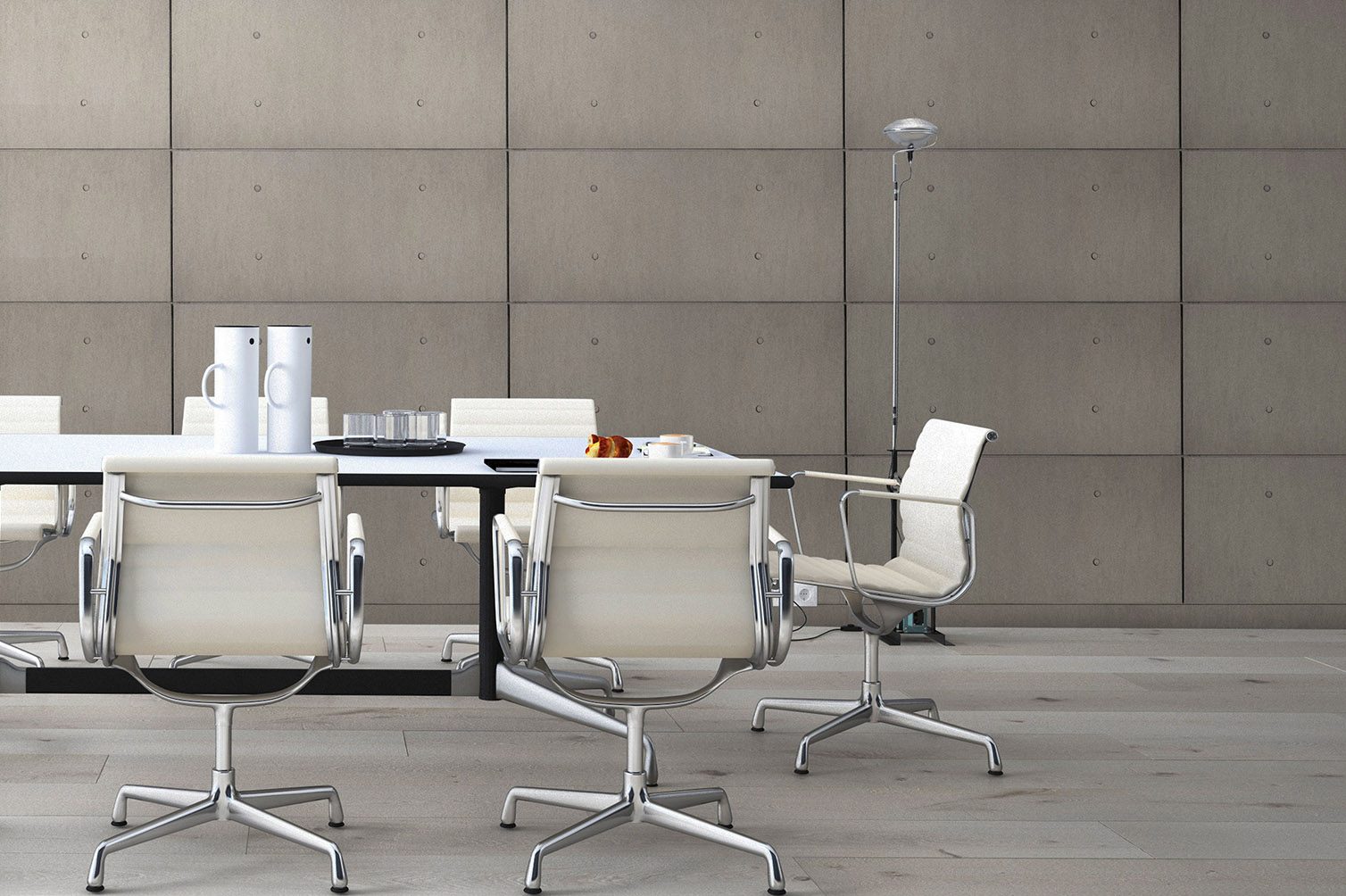
April, 2018
Materials Consultant Adele Orcajada from MaterialDriven talks about how concrete has moved from being an industrial material to a source of inspiration.
Concrete is very much identified as a material of the modern age and yet surprisingly man has been using concrete as a building material since the earliest civilizations. Even the Roman Colosseum was created on a concrete foundation. And yet concrete’s use fell alongside the Roman Empire, and the mix of cement, sand, water and rocks disappeared before being rediscovered in late 18th-century Britain, It then became the most commonly used material of that period, and it still is a key material of our time.
However, many designers are now using concrete in unexpected and unusual ways. It is no longer considered only a building material, concrete has crossed over into different sectors and has been slowly transforming the way it is perceived and even the way it looks. This material’s qualities and characteristic have gained appreciation and admiration from designers working with jewellery, lighting, and furniture.
In interior design, concrete is a must to achieve a modern, sophisticated, and industrial look. By incorporating small accents of concrete in lamps or tiles you can transform a space and give it just the edge. If you want to make a bigger statement, cover the floor with polished concrete or create textured walls of greys. Some designers have even constructed whole concrete-based bathrooms and kitchens, reminiscent of an old industrial warehouse. Concrete is hard-wearing and super slick, and a beloved cornerstone of minimalist design. And yet, surprisingly concrete can also very familiar, recognisable and warm, it is a great option in almost all settings. Depending on the texture and the materials it is combined with, it can change a space dramatically. What there is no doubt about is that it is a design staple that’s always on trend.
HAPPY CONCRETE – IWAN POL
Iwan Pol is aiming to achieve the quite the opposite. This designer wants to make concrete look nothing like concrete, Iwan has managed to separate the two most recognisable characteristics of concrete- the colour grey and hardness from his material By combining concrete with different pigments and playing around with texture, Iwan has created a sensory experience that is full of colour and softness, surprising and engaging for the user to explore what concrete should look like. His research results in a series of small objects that aims to propose new aesthetic possibilities for our most widely used material. Read more about Happy Concrete here.
CORECRETE – STUDIO NIRUK
Nothing is generating more interest and witnessing more diversity and experimentation in the world of materials today, than composites. So innovation that combines concrete with new materials is not a surprise. The German designers Studio Niruk have challenged the consumer by bringing together concrete-well known for its hard-lined coldness, with cork-known for its warmth, stretch, and pliability.
The resulting sensory potpourri is Corcrete, a pleasurable haptic experience in the shape of a sheet material. Its aesthetic properties are also unique with a texture similar to terrazzo. And while ordinary concrete generates very little insulation of its own, Corcrete gains from the inherent insulating properties of Cork, making it an extremely versatile material to work with. Using Corcrete they have created exciting furniture like stool, and tables. Read more about Studio Niruk and what they are achieving here.
Adele Orcajada – Director MaterialDriven.